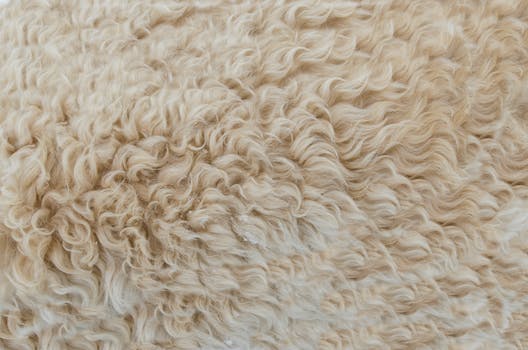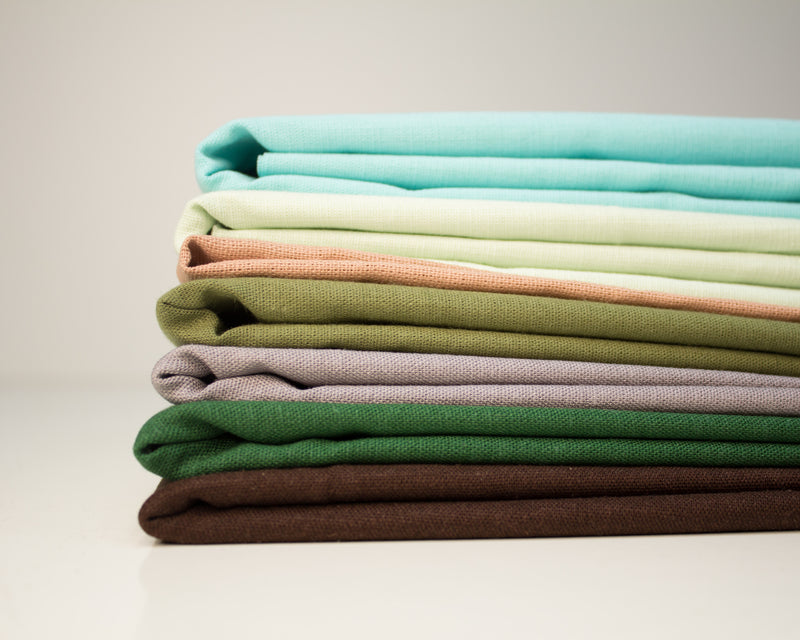Introduction: The Rising Importance of Sustainability in Fashion
Welcome to our blog, "The Future of Fashion: Sustainability and Style". Today, more than ever, sustainability in the fashion industry is not just a trend, but a necessity. With the alarming rate of environmental degradation, the fashion world is pivoting towards sustainable practices. From using eco-friendly materials to implementing ethical manufacturing processes, the industry is making concerted efforts to reduce its carbon footprint. This shift not only reflects our growing environmental consciousness but also the demand for style that doesn't come at the cost of our planet's health. In this blog, we will delve into the rising importance of sustainability in fashion and how it's shaping the future of style.
The Current State of the Fashion Industry: Environmental Impact
The fashion industry, as it stands today, has a significant environmental impact, making it one of the top polluting industries in the world. The production processes involve heavy water consumption, chemical pollution, and high carbon emissions. Moreover, the fast fashion trend encourages disposable clothing, leading to massive waste. However, the industry is now gradually shifting towards sustainable practices. More and more brands are incorporating eco-friendly materials and ethical production methods into their business models. From recycling and reusing fabrics to reducing water and energy consumption, the fashion industry is increasingly recognizing the need to balance style with sustainability for a greener future.
Understanding the Concept of Sustainable Fashion
Understanding the concept of sustainable fashion is all about embracing practices that support both the environment and social welfare. It's a movement that encourages fashion consumers to buy less and choose well. Sustainable fashion means investing in quality pieces that last longer, rather than indulging in the "fast fashion" trend of buying cheap, disposable clothing. It’s about being mindful of the resources used and the impact on the environment during the production process. It also takes into account fair treatment and good working conditions for workers. In essence, sustainable fashion is the future, combining style and responsibility to create a better world.
The Driving Forces behind the Shift towards Sustainable Fashion
The push towards sustainable fashion is driven by a combination of consumers' increasing awareness of environmental issues, and the industry's recognition of its responsibility. As more people understand the harmful impact of fast fashion on the environment, they demand clothes that are ethically produced and can last longer. This shift in consumer behavior is compelling fashion brands to reconsider their production processes and prioritize sustainability. Additionally, fashion companies are also realizing that adopting sustainable practices not only benefits the environment but also their bottom line, as it can enhance their reputation and attract environmentally-conscious customers. Therefore, the desire to meet customer demands and improve business outcomes is fueling the shift towards sustainable fashion.

Innovations in Sustainable Fashion: Materials and Manufacturing Methods
The future of fashion is paving the way for sustainability and style, with revolutionary innovations in sustainable materials and manufacturing methods. Designers and manufacturers are now harnessing technology to create eco-friendly fabrics from recycled or bio-based materials like pineapple leaves, orange peels, and even milk! Moreover, they are adopting more sustainable manufacturing methods, reducing water usage, and cutting down on harmful chemicals. This not only helps in reducing environmental damage but also creates unique, stylish, and durable fashion items. These innovations are painting a greener future for the fashion industry - a future where style and sustainability go hand in hand.
The Role of Big Brands and Designers in Promoting Sustainable Fashion
Big brands and designers play a crucial role in promoting sustainable fashion. They have the power to set trends and influence consumer behavior. By incorporating eco-friendly materials and ethical manufacturing processes into their collections, they can make sustainable fashion more mainstream. They can also raise awareness about the environmental impact of fast fashion, encouraging consumers to make more conscious choices. In addition, by demonstrating that style and sustainability can go hand in hand, they can help remove the stigma that sustainable fashion is less fashionable or desirable. Thus, big brands and designers are key players in shaping the future of fashion towards sustainability and style.
Consumer Attitudes and Behaviors towards Sustainable Fashion
Consumer attitudes and behaviors are shifting towards sustainable fashion, marking a significant change in the fashion industry. Today, more consumers are conscious about the environmental impact of their purchases, leading them to prefer brands that promote sustainability. They are ready to invest in high-quality, long-lasting pieces rather than cheap, fast-fashion items that harm the environment. These eco-conscious consumers are not only considering the style and price but also the ethical production and sustainability of the clothes they wear. This change in consumer behavior is driving fashion brands to prioritize sustainability in their practices, shaping the future of fashion.

The Intersection of Style and Sustainability: Can They Coexist?
The future of fashion is at a critical junction where style and sustainability are bound to intersect. It's no longer about choosing one over the other. The fashion industry is increasingly realizing that both can coexist. Brands are stepping up, creating trendy, chic clothing using eco-friendly materials and ethical manufacturing processes. Consumers too are becoming more conscious, seeking out sustainable fashion that doesn't compromise on style. This intersection is not just possible, it's the way forward. It's about creating a fashion world that's not only stylish, but also respects and preserves our planet.
Future Projections: What to Expect in the Sustainable Fashion Industry
As we look ahead, the sustainable fashion industry is projected to become even more influential. The industry is expected to prioritize eco-friendly materials and ethical manufacturing processes more than ever. We can anticipate seeing more brands adopting sustainable practices, such as using recycled materials, reducing water waste, and ensuring fair wages for workers. We can also expect to see more innovative solutions, such as clothes made from plant-based materials or biodegradable textiles, to reduce environmental impact. So, the future of fashion is not just about style, but also sustainability.
Conclusion: The Role of Consumers in Shaping the Future of Sustainable Fashion.
In conclusion, consumers play a pivotal role in shaping the future of sustainable fashion. By making conscious choices, opting for ethically produced and environmentally friendly clothing, we can drive the fashion industry towards more sustainable practices. Every purchase we make is a vote for the kind of world we want to live in. Thus, we all hold a share of responsibility in promoting and supporting brands that are committed to reducing their environmental footprint. Together, we can make sustainable fashion the norm, not the exception. Let's embrace sustainability and style, for a better, greener future.














